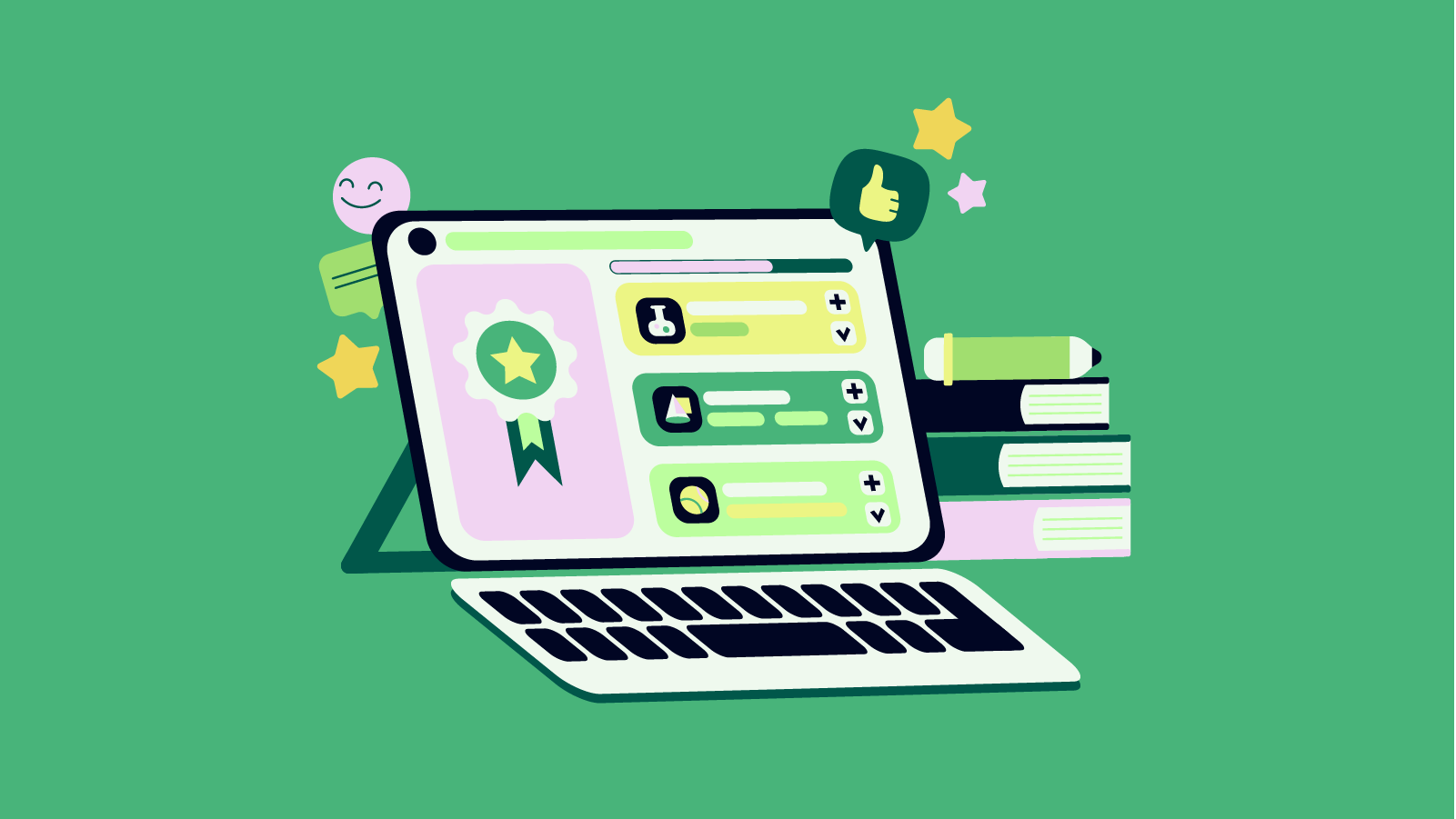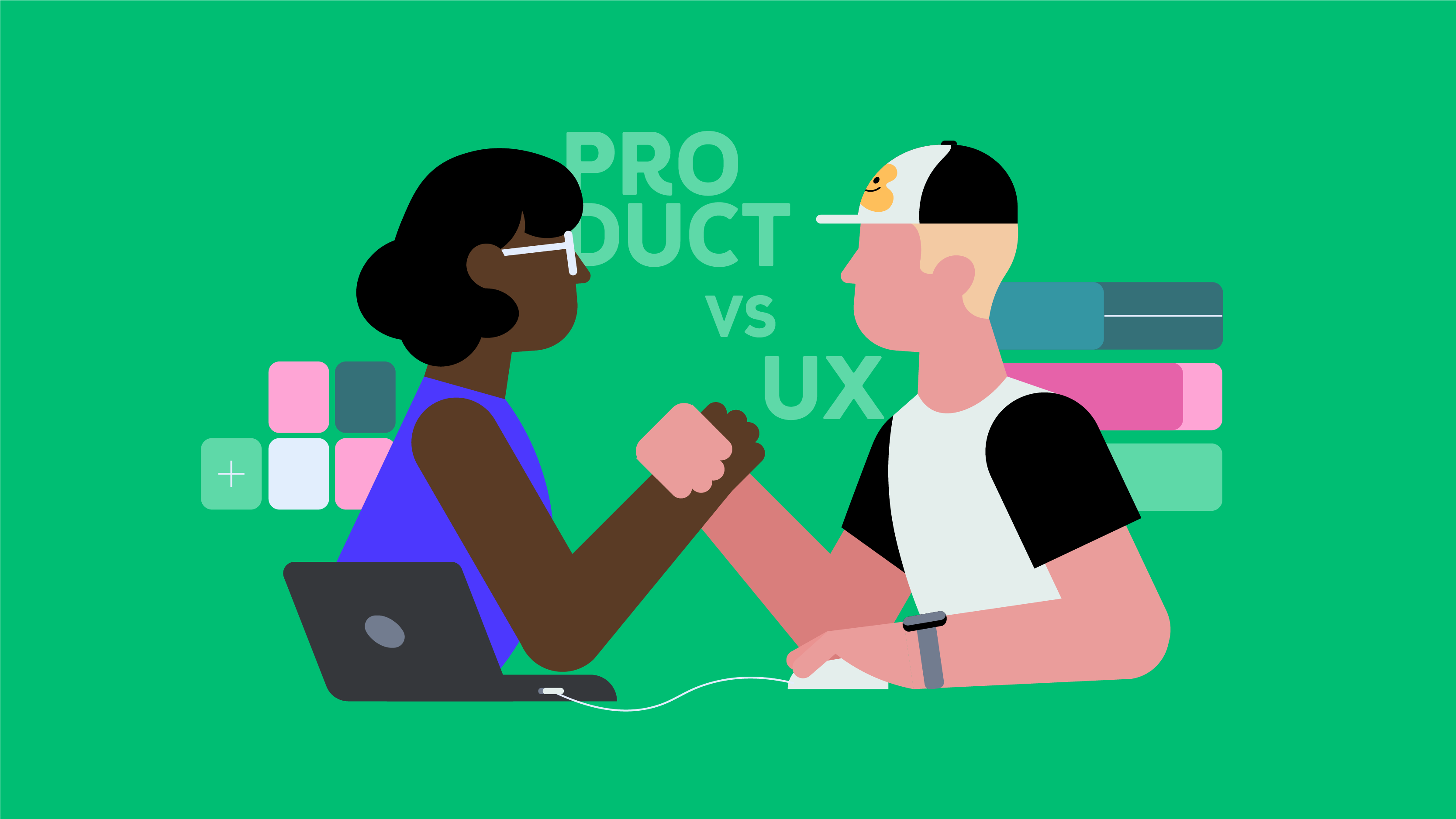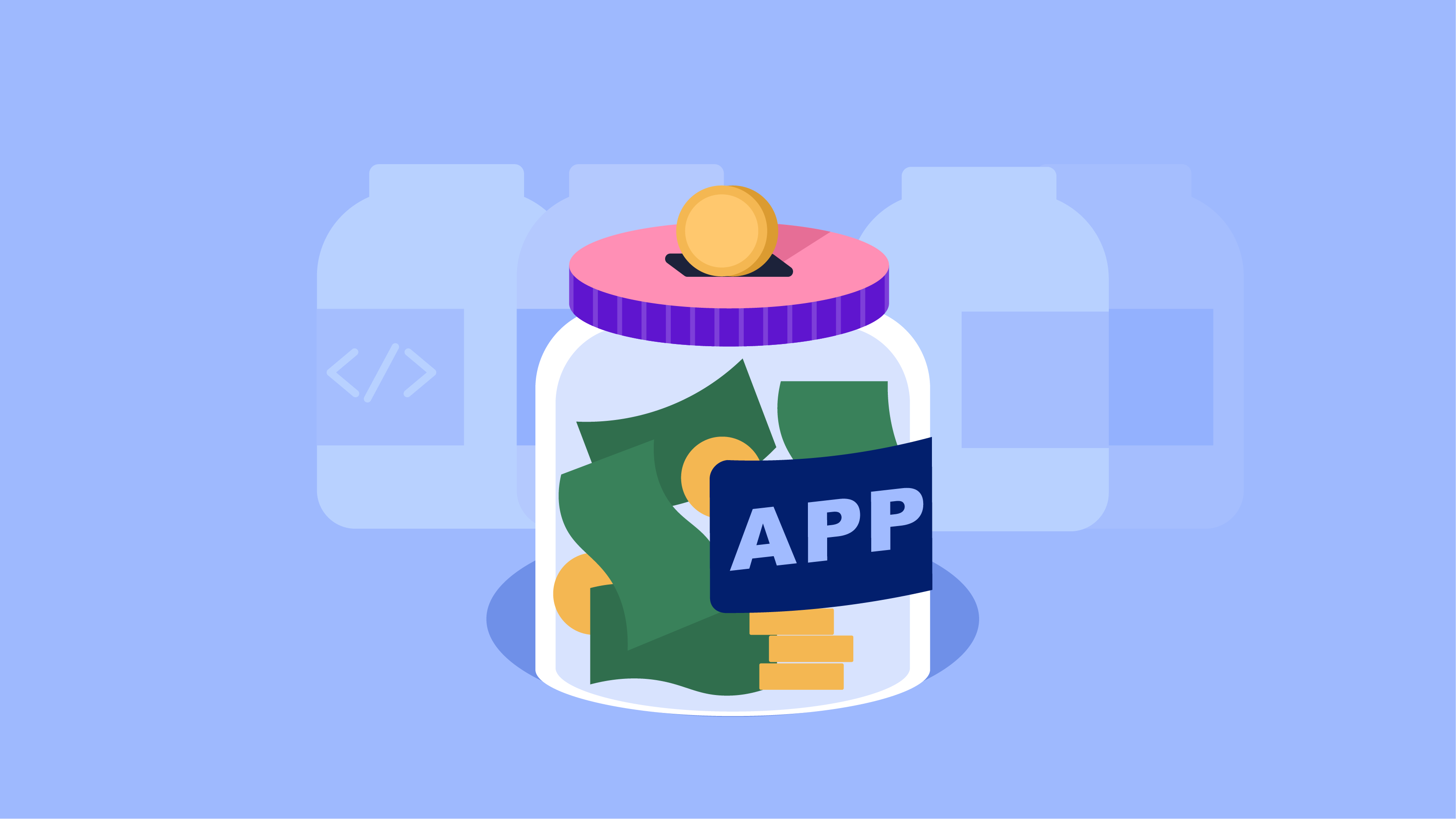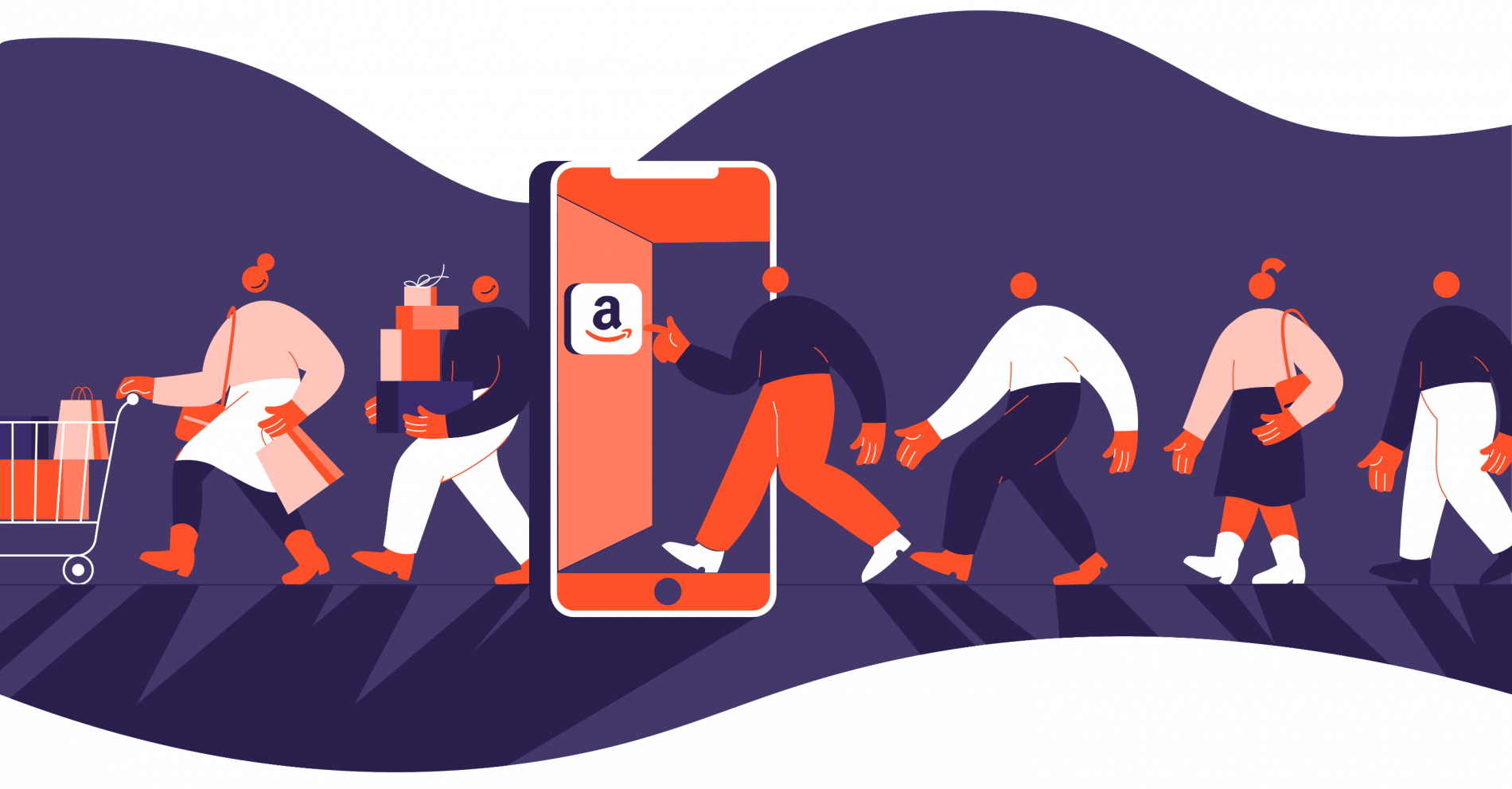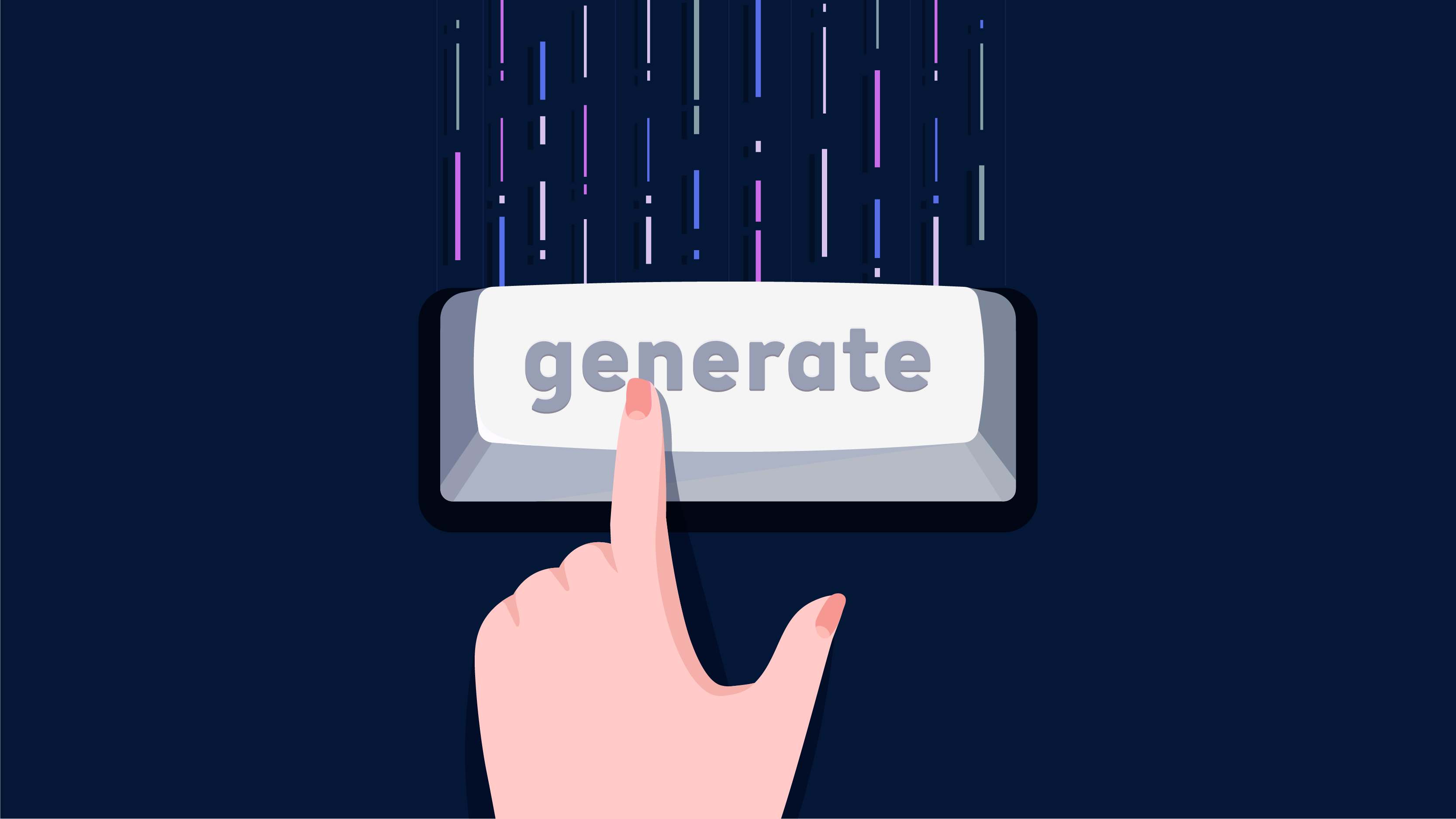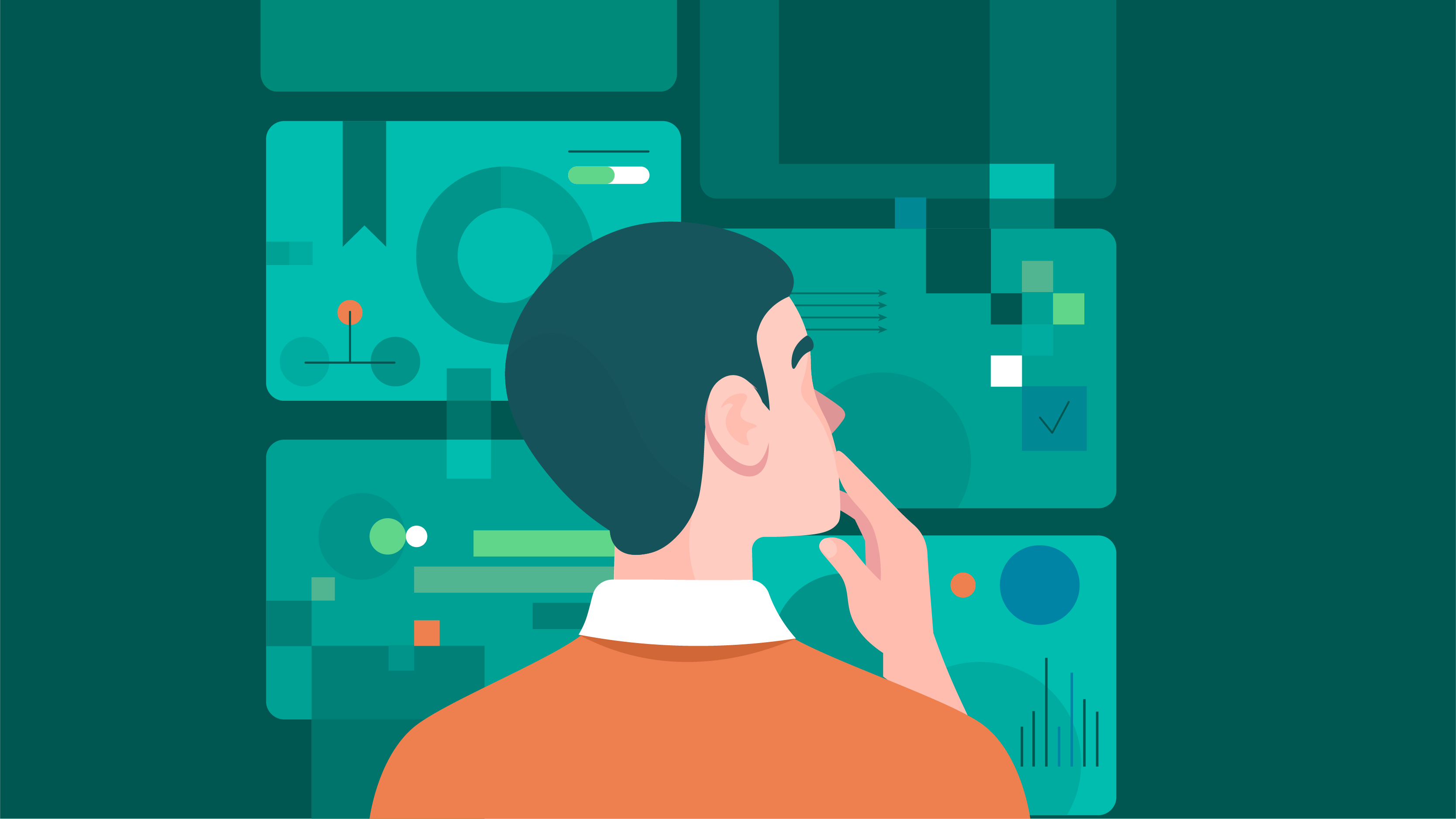Gamification has become an integral part of various fields of software development in recent years. We are not at all surprised when we hear about it regarding mobile applications with very different functionality – starting with neobanking and ending with task management software. But what about corporate training or education?
Well, this is a very powerful tool for enhancing learning and improving existing training programs. The traditional approach of imparting knowledge through lectures and presentations has gradually given way to more engaging and interactive methods. Gamification programs have revolutionized the field of education and training by introducing fun and interactive elements into the learning process.
In this article, we will delve into the effectiveness of gamification in training, the key features of using it for corporate training, and the numerous benefits it offers to businesses and learners alike. We will also consider how such an approach can boost engagement, motivation, and knowledge retention. And, of course, we will explore the effectiveness of gamification in training and how it can transform routine learning into an exciting and productive experience.
Gamified Training vs. Traditional Training Programs
Before delving deeper into the world of gamification, it’s essential to understand how it compares to the traditional educational approach. Traditional training programs have been the conventional method for employee development and learning. While somewhat effective, they often fall short in terms of engagement and fail to sustain employees’ interest throughout the process. Contrariwise, gamified training uses game mechanics, like points, badges, leaderboards, and challenges, to make learning more interactive and enjoyable.
Let’s compare these two approaches to see the main differences. The traditional training program involves using:
- lectures, slide shows, or written materials;
- informative approach but lacks interactivity and long-term engagement;
- may be too hard to comprehend and remember, can make hard-to-understand information much more difficult;
- may not provide instant feedback or a sense of achievement, which is critical to encourage and motivate users.
Gamified pieces of training instead can include:
- game-like elements, such as challenges, rewards, and competition to catch the attention of users and build solid associations;
- actively involves learners in decision-making;
- offers instant feedback and a sense of achievement with each milestone;
- transform hard-to-approach information into understandable and easy-to-remember infographics and charts.
As you can see, the gamification approach adds an element of competition and achievement, which motivates employees to actively participate in the learning process. When compared to traditional training programs, gamification corporate training stands out as a more immersive and enjoyable way to impart knowledge and skills.
Moreover, gamified training goes beyond merely presenting information to learners. It creates an engaging and interactive learning experience that fosters a sense of fun and accomplishment. Mobile apps or special web applications can have a wide and diverse functionality for people with different experience and skill levels, Through challenges and rewards, learners are encouraged to stay motivated and eager to learn, making gamification an innovative and effective alternative to traditional training methods.
How Is Gamification Effective in Training?
If you have played games, whether it’s a computer game or just a hide-and-seek, you’ve noticed how addictive they can be and how they can affect your ability to focus, find new ways to solve challenges and develop your imagination. gamified training is about interaction with the psychology of human behavior, which makes it very effective in training.
Including elements of fun and challenges contributes to better assimilation of information at all possible levels, including the creation of stable associative series. When employees find the learning process enjoyable, they are more likely to devote time and effort to improving their skills.
In addition, any games, including serious games, create a sense of achievement as students complete tasks and receive rewards, contributing to a positive learning experience. Combining professional training programs with in-game experiences and instant feedback allows students to understand their progress, identify areas that need improvement, and take responsibility for their learning journey.
So, summarizing all of the above, we can confidently say that gamified training
- Effectively and smoothly boosts engagement without force or uncomfortable experience. Whether it is an exciting mobile app or simple corporate software, gamified training captivates learners with interactive elements, making the educational process enjoyable and addictive. When users are engaged, they are more likely to invest effort in this, leading to better knowledge retention and lower learning expenses for the business.
- Fosters healthy competition, which is also beneficial for teamwork. Gamification often includes leaderboards and scoring systems, encouraging healthy competition among learners. This competitive spirit can drive people to perform at their best, improving overall results.
- Promotes active learning and constant knowledge improvement. Gamification requires learners to participate in solving challenges and making decisions actively. This hands-on approach promotes critical thinking and problem-solving skills. Moreover, it encourages people to improve their knowledge constantly to achieve much better results.
In addition, such an approach enhances knowledge retention and supports the internal company’s brand. The use of gamified elements like quizzes, challenges, and rewards helps reinforce learning and ensures better retention of information.
If your employees see that you invest money and time in their training and also make sure that it is interesting and modern, they pay more attention to the process, are more likely to be focused on a better professional result and recommend your business to others. This contributes to better human resources retention within the company and the improvement of its reputation.
Key takeaways
- Including fun and challenges leads to better assimilation of information and stable associative series.
- Learners find the process enjoyable, which encourages them to devote time and effort to improving their skills.
- Games create a sense of achievement as learners complete tasks and receive rewards, contributing to a positive learning experience.
- Combining professional training programs with in-game experiences and instant feedback allows students to understand their progress and identify areas for improvement.
Main Features of Gamification for Corporate Training
Implementing gamification practices into corporate training has proven to be an effective and engaging way to improve employee learning and professional development. Several key features need to be considered to ensure the success of the gamified educational process, each contributing to a more efficient learning experience.
Precise objectives and goals
Setting clear and well-defined learning objectives is the foundation of all successful training programs, including gamified ones. Your employees should know the reason why they have to learn something new.
Goals should be aligned with the overall business objectives and should remain achievable within a specific timeframe. When learners understand what they are working towards, their motivation to engage with the training increases, leading to better learning outcomes.
Customization and personalized learning paths
Every person is unique, with different strengths, weaknesses, abilities, and preferences. So any educational process, including compliance training, has to be flexible and customizable.
Gamification is key in this regard. It allows for personalized learning paths, where employees can choose the content and challenges that are most relevant to their roles or interests. This level of personalization not only enhances the learning experience but also increases the effectiveness of the training by catering to individual needs.
It also enables employees to progress at their own pace based on their individual strengths and weaknesses, without any stress or frustration. This adaptive approach ensures maximum knowledge absorption and long-term skill retention.
Interactive learning modules
This is the foundation of any software for a gamified learning process, and there is no, even the slightest, chance to do without it. Gamified corporate training replaces passive learning with interactive modules that challenge employees and encourage active participation. This fosters a deeper understanding of the material and promotes a positive learning environment.
Collaboration, competition, and social learning
By including social elements, gamified learning promotes collaboration among employees. This facilitates knowledge sharing and creates a sense of communion among team members.
As we have already mentioned, such programs often include leaderboards and challenges that promote healthy competition among employees. This competitive spirit encourages teams to push their limits and perform at their best.
So, gamification should contain collaborative elements to foster teamwork and connection among employees. Collaboration helps create a supportive learning environment where employees can learn from each other and everyone can get help. But, at the same time, participants still remain competitors and have to work to get rewards.
Progress tracking and reporting
To measure the effectiveness of the training process, it is essential to track learners’ progress and performance. Gamification platforms typically come with comprehensive progress tracking and reporting features, allowing HR and L&D teams to monitor the performance of participants and identify trends or areas of concern.
This data-driven approach helps transform and improve the learning program, simplify the learning curve, and to ensure that all the elements of the program align with organizational goals.
Real-time feedback
Timely feedback is crucial for effective learning. Gamification provides instant feedback to learners, highlighting their progress and areas requiring improvement or special attention.
A real-time feedback loop also helps employees stay on track and continuously improve their skills. Additionally, it boosts learner engagement, as people can see the results of their efforts immediately.
All of the above is simply not possible without a modern and intuitive user interface, as well as a thoughtful and personalized UX design. It is the foundation of any application or software product.
At Cadabra Studio, we perfectly understand the power of professional design services, so we know how to find unique ways and approaches to create any product. We will be happy to answer your questions and become the dream team for your project. So feel free to contact us.
Key takeaways
- Clear and well-defined learning objectives are crucial for successful training.
- Gamification allows personalized learning paths tailored to individual strengths, weaknesses, and interests.
- Active participation creates a positive learning environment.
- Gamified learning encourages collaboration among employees, knowledge sharing, and teamwork.
- Gamification platforms must have comprehensive progress tracking and reporting features.
- It is essential to provide instant feedback to learners, highlighting progress and areas for improvement.
- Real-time feedback boosts learner engagement and continuous skill improvement.
The Benefits of Gamification in Corporate Training
Implementing gamification in corporate training brings numerous benefits for both employees and the organization. The first and one of the most significant advantages is increasing employee engagement and motivation. Such training makes learning enjoyable, leading to higher levels of employee engagement and participation. This enthusiasm translates into better learning outcomes and improved whole team productivity.
But there are a lot of other benefits, so let’s take a closer look at them.
Make boring or routine training an engaging experience
One of the primary challenges in corporate training programs is overcoming the monotony of routine sessions. Gamification introduces an element of excitement and challenge, making even the most boring topics interesting and enjoyable. Employees are more likely to participate actively in training programs and invest their time in training when it feels like a game rather than a chore.
Whether it is compliance training or a topic-specific conference, the ability to capture and sustain learners’ attention is critical in this case. Traditional training methods often struggle to maintain people’s engagement, leading to disinterest and low knowledge retention. Gamification addresses this challenge by using elements such as points, levels, rewards, etc., to create a sense of achievement and excitement. As a result, employees become more motivated to actively participate in the learning process actively, leading to higher levels of knowledge absorption.
The chance to apply skills in real-world scenarios
Learning and education with gamification often includes simulations and scenario-based learning. This approach enables employees to apply their newly acquired knowledge and skills in realistic workplace situations. They can practice in a safe and controlled environment, so in real work situations, they will have confidence in their abilities and practical experience. It also makes the transition from training to actual work seamless and effective.
Continuous learning and skill development without additional expenses
Gamification promotes a culture of continuous learning within the organization. Learning elements like daily challenges, quests, and ongoing competitions encourage people to engage with the training content regularly. This way, learning becomes an integral part of staff routine, leading to continuous skill development and professional growth over time.
Better learning ROI and personal learning metrics
Such an approach allows organizations to track individual and team performance metrics effectively. This data-driven system enables targeted training interventions to address specific skill gaps. It applies to all types of learning activities – sales presentations, compliance training, etc.
By improving engagement, knowledge retention, and training outcomes, gamification offers a higher return on investment (ROI) for corporate training efforts. The cost-effectiveness of gamified training is also notable, as it reduces the need for expensive in-person training sessions, travel, and printed materials. With the widespread availability of digital learning platforms, organizations can deliver gamified training to a geographically diverse workforce without incurring significant expenses.
Time- and cost-effective training solutions
Traditional training methods often require extended periods for completion, leading to potential productivity losses. Gamification, on the other hand, offers a more efficient and time-effective approach. This way, employees can comprehend complex concepts more quickly. As a result, organizations can save valuable time and resources while achieving the desired training outcomes.
It helps to streamline any learning process, including complex sales training. This is a cost-effective solution without compromising on quality.
Align gamification efforts with your business and learning objectives
The success of gamified corporate training lies in aligning it with the company’s overall business objectives and specific learning goals. For instance, if the objective is to improve customer service and strengthen the client support team, the training program should focus on scenarios that enhance problem-solving skills and empathetic communication with customers, as well as deep knowledge of the company’s products and services.
So, the essence of gamified corporate training should be placed around specific learning objectives and precise business goals. This helps to be sure that employees obtain the necessary skills to achieve business goals and return all investments that were made in their training.
Such an alignment enhances the relevance and effectiveness of all training sessions, resulting in a more skilled and motivated human resource. And this is the base of a strong and efficient team.
How to achieve this?
You can consider ready-made training software designed for broad use. In this case, you will need to integrate it into your system and customize it according to your own goals and needs. For this, you will need the help of experienced developers who can do it quickly and without bugs.
The second option is custom training software. It can be a program for internal use or a mobile application for staff, which will be developed specifically for your objectives and the needs of your business. This option has a higher cost in the first stages but pays off quickly.
Custom training software is an investment in future professionals and an opportunity to get a result that matches your goals one hundred percent. With the right development team, it will be flexible and scalable. Specialists will use the optimal framework (Angular development, by the way, is very relevant in this field), create the best and most convenient user interface, and think through the UX to the smallest detail.
Use gamification with your existing training programs
As you can see now, gamified training offers several advantages over traditional approaches. It boosts engagement without being forceful, promotes healthy competition and active learning, and enhances knowledge retention. Learners find the process enjoyable and are more likely to invest effort in improving their skills.
It is critical to have clear and well-defined learning objectives aligned with overall business goals. In combination with personalized learning paths, it allows employees to be effective and apply obtained skills properly.
Moreover, gamification in corporate training promotes collaboration and social learning, making teams more effective and concerted. Progress tracking and reporting help monitor participants’ performance and align the program with their specific paces and needs. Real-time feedback highlights progress and areas for improvement, boosting learner engagement and skill development.
In other words, gamification in corporate training offers numerous benefits, such as increased employee engagement, the ability to make routine training enjoyable, and the chance to apply skills in real-world scenarios. It encourages continuous learning without additional expenses and offers time- and cost-effective training solutions. It definitely revolutionizes the learning experience, making it enjoyable, effective, and aligned with business goals, thereby leading to a more skilled and motivated workforce.
Summarizing all this, the implementation of such solutions is part of the evolution and competitive race in any industry. Trained and skilled personnel are your main driving force, and the more effective the training, the better the result.
If you want to use gamification in your training programs, we will be happy to help you. The Сadabra Studio team has extensive experience in this field, starting with the creation of a request for a proposal and ending with a professional state-of-the-art design. We will gladly answer your questions and implement the best training solutions into your system, so feel free to contact us anytime.


